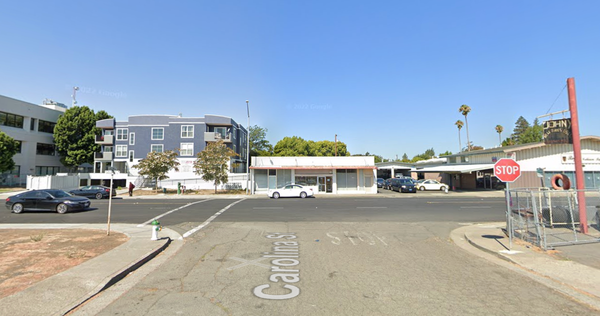
Most borrowers have navigated a safe path down the fixed mortgage cliff though more pain could be coming if interest rates are hiked further.
Mortgage holders have been forced to stump up hundreds or even thousands extra towards their monthly repayments as ultra-low fixed-rate loans expired.
Customers who managed to fix their interest rates at 1.95 per cent two years ago would be facing an almost 70 per cent increase in their monthly repayments when they switch over to the average revert rate of 7.43 per cent, RateCity analysis shows.
Households in this situation would need to find nearly $1500 extra a month to service their mortgage.
Research director at the financial comparison firm, Sally Tindall, said the majority of borrowers had managed the transition smoothly.
Most households appear to be paying their mortgages on time, with Australian Prudential Regulation Authority data recording an uptick in overdue loans but levels are still low by historical standards.
Ms Tindall said many borrowers had actively prepared by stashing any spare cash into their mortgages or into high-interest savings accounts, building up robust financial buffers.
"Many have also been hugely successful at renegotiating or refinancing their loan to soften the blow of the rate hikes," she said.
The bulk of record-low fixed-rate loans have already expired, with 590,000 rolling over last year and roughly 730,000 already wrapped up in 2023.
Another 150,000 borrowers will come off their fixed-rate loans before the end of the year, followed by another 450,000 in 2024.
The end of the interest rate tightening cycle is getting closer but the chance of another hike before the end of the year remains alive.
The Reserve Bank is widely expected to keep rates on hold at the October meeting on Tuesday but a little under half of the 33 economists surveyed by Finder expect to see one or two more hikes in this cycle.
The pick up in inflation captured in the August consumer price index raised concerns, although KPMG chief economist Brendan Rynne said it was still heading down when volatile items, such as petrol, were stripped out.
While higher petrol prices did show up in the monthly indicator, Dr Rynne said more expensive fuel tends to act like a broad-based tax rise or interest rate hike by eating into household incomes and weighing on spending.
But he said there were risks on the horizon, including the possibility of persistent core inflation as evident in other advanced economies.
The weakening Australian dollar could also add to inflation by pushing up the cost of imported goods and services.
"On balance, we would be surprised if Governor Bullock was to raise rates straight away," Dr Rynne said.
"Nevertheless, potential persistent core inflation, currency depreciation, and wage pressures remain key risks to the end of this tightening cycle and a possible rise by the end of the year cannot be disregarded."







